The Alchemy of Finance: The New Paradigm (Wiley Investment Classics (Paperback))
£16.70£20.00 (-17%)
New chapter by Soros on the secrets to his success along with a new Preface and Introduction.
New Foreword by renowned economist Paul Volcker
“An extraordinary . . . inside look into the decision-making process of the most successful money manager of our time. Fantastic.”
―The Wall Street Journal
George Soros is unquestionably one of the most powerful and profitable investors in the world today. Dubbed by BusinessWeek as “the Man who Moves Markets,” Soros made a fortune competing with the British pound and remains active today in the global financial community. Now, in this special edition of the classic investment book, The Alchemy of Finance, Soros presents a theoretical and practical account of current financial trends and a new paradigm by which to understand the financial market today. This edition’s expanded and revised Introduction details Soros’s innovative investment practices along with his views of the world and world order. He also describes a new paradigm for the “theory of reflexivity” which underlies his unique investment strategies. Filled with expert advice and valuable business lessons, The Alchemy of Finance reveals the timeless principles of an investing legend.
This special edition will feature a new chapter by Soros on the secrets of his success and a new Foreword by the Honorable Paul Volcker, former Chairman of the Federal Reserve.
George Soros (New York, NY) is President of Soros Fund Management and Chief Investment Advisor to Quantum Fund N.V., a $12 billion international investment fund. Besides his numerous ventures in finance, Soros is also extremely active in the worlds of education, culture, and economic aid and development through his Open Society Fund and the Soros Foundation.
Read more
Additional information
| Publisher | 2nd edition (19 Aug. 2003), Wiley |
|---|---|
| Language | English |
| Paperback | 391 pages |
| ISBN-10 | 0471445495 |
| ISBN-13 | 978-0471445494 |
| Dimensions | 15.49 x 3.3 x 22.61 cm |


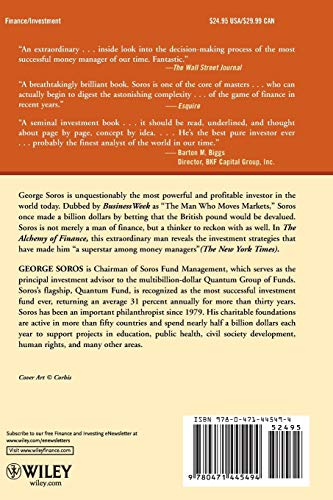
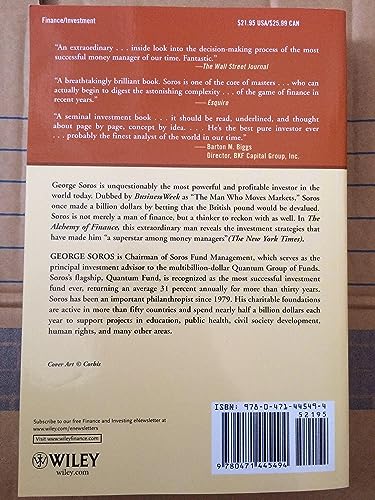


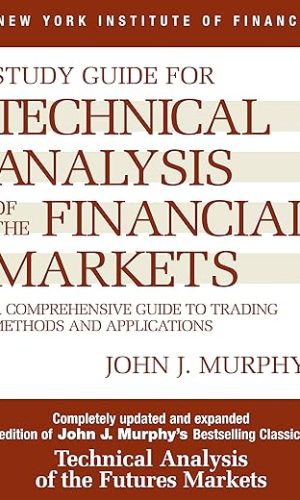
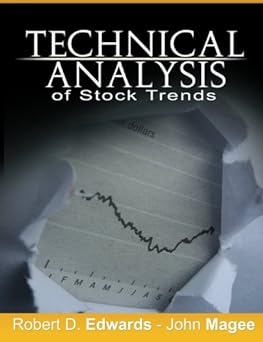



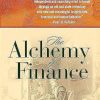
by SAINT PLATO
Great purchase. No problems
by C. G. Fogelberg
Short review: Hard work, but deep. A better title would be “The Alchemy of How Everything Works”.
Long review:
Nominally, “The Alchemy of Finance” is about understanding markets and making better investing decisions. If that is all one learned it would be a crying shame, because the book is actually about understanding reality and making better decisions. To restrict it to the markets is a serious mistake and not one Soros makes.
One of the most important steps to understanding reality is understanding the feedback loops that operate. These can be self-sustaining for some time and often lead to exponential change, but are ultimately, necessarily, self-defeating. A fission bomb is one example. A Uranium atom splits and releases two neutrons. Each of those can cause another atom to split. An enormous amount of energy is released, but quickly there will be no more Uranium left to split and the chain reaction will end.
The same mechanism underpins financial markets, leading to booms and busts. Considering the dynamic created by feedback loops is important when making almost any kind of decision, as is its implication: Complex systems (markets, diplomacy, reality) are historic processes which can be uniquely explained post facto but which have many possible outcomes ex ante.
Building on this, “reflexivity” is the term Soros uses to describe the feedback loop which runs between reality and the participants’ understanding of reality, and vice versa. Traditionally, we think only of the causal arrow from reality to our thinking. FooCorp has grown its market share by 25%, therefore we think it is better than its competitors. Reflexively, the arrow also runs the other way. For whatever reason, the bank thinkg FooCorp is better than its competitors so they loan them money. As a result, FooCorp becomes more competitive. Reflexivity occurs in economics, politics, dyadic interpersonal relationships and drives the Jobsian “reality dysfunction field”.
Economic supply and demand curves are an interesting example of reflexivity. Typically, they are independently given and assumed not to interact. Instead, their intersection should simply determine the price at which the market clears. However, trivial examples of reflexive interaction between the two abound. High supply versus demand in a commodity (and therefore low prices) stimulate new and innnovative uses for it, in turn creating new demand. Higher demand increases prices, which in turn increases supply. Prices do not stay at equilibrium but instead move dynamically, in a historic process.
Reflexivity also introduces unpredictability into the historic process that is reality. In part this is beacause participants are seeking to understand reality but also affect reality. These goals can conflict with each other. Additionally, what needs to be a fact to make prediction possible is itself contingent on participants’ view of the situation, an unknowable which changes if it is learned. Whether or not Bob Smith stands for leadership of the Bar Party depends on what he thinks everyone else thinks about his standing for leadership.
What does this mean for the existential goal that is predicting the future? On the one hand, acknowledging reflexivity and its implications forces us to acknowledge that perfect prediction is impossible. On the other hand, perfect prediction is not necessary and incorporating it in our analysis allows us to do better. Classically, participants’ opinions are not causally potent, first class citizens in any model. They are statements about the model, not facts in the model. By explicitly including them we gain greater predictive power. That is what we can do. How? That depends.
by Benedict Carey
As the synopsys says, this a book about how Soros views the market and current (at the time he wrote) economic theory, rather than a get-rich-quick guide.
It is massively complex in the ideas presented, necessarily so. I did find my self re-reading certain pages, sections two or three times to get my head around the points he was trying to make. Having said that, I think that the ideas were as simplified and accessible as they could get, whilst retaining the points the author was trying to put across.
George Soros is essentially presenting an opposite theory of how markets work to that of Scholes et al. As Soros’s fund is a practical application of his theories, the successes of that may be equated with the value of what he says. However, Soros is pushing a theory that markets are unpredictable and irrational and that models are a straw man … really saying his speculation is largely an exploitation of that knowledge.
The opposing view (from around the same time) was being implemented practically by Scholes, Meriweather and others in LTCM (See “When Genius Failed”). To see how both sides where successfully exploiting more naive market participants see “All that Glitters”.
After the dramatic failure of LTCM, more sway was given to Soros’ point of view, largely as his successful fund had been battered but survived more or less in tact. Some time in more recent history that fund also took a big kicking. Bizarrely this does give some more credence to to the theory Soros puts forward …. he is saying that one makes money in markets by being maverick and ignoring popular theory, so once people started copying him it is time to change the game plan or face the consequences!
All in all a very interesting thesis, especially to anyone with any knowledge of the man or the markets. Although it is economic theory and market psychology, etc, it is written more as manifesto and so engaging and accessible.
Not for the newcomer though, it would probably pay to have read a bit about trading, derivatives etc before attempting this one.
by Brian M
I was disappointed with this book. Its not that there’s nothing interesting in there, because there is much. But the interesting bits are almost swamped by his philosophical ramblings.
The reason for the book is his idea of reflexivity – the idea that people’s expectations affect markets as much as markets affect people’s expectations. In itself it is a good idea and certainly gives some explanatory power, as he demonstrates through a boom/bust model. Its clear Soros knows that he hasn’t described it properly, as in this newer edition he has added a new introduction which does explain it in a more concise way. He even acknowledges its limitations. But unfortunately he has left much of the previous philosophical texts in, even though they have now been rendered somewhat superfluous.
The last part of the book feels almost as bad. His musings on the events of the mid/late 80s have not dated well and now give more amusement than insight. It is tempting to try make some analogies with the current economy, but the differences matter more. I am cautioned though that while his ideas seem outlandish now sometimes these things do come round full cycle.
The heart of the book though is different. It is a trading diary. Written approximately once a fortnight for over a year it gives insights into Soros’s thinking, and his trading. The first impression his how normal his thoughts seem – he focuses a lot on his mistakes and problems with his trades and he gives the impression of making many. The reader soon realises that first impressions can be mistaken as over this period he manages to double the value of his Quantum fund. Soros clearly has something that most of us lack. If only he could actually tell us what it was!